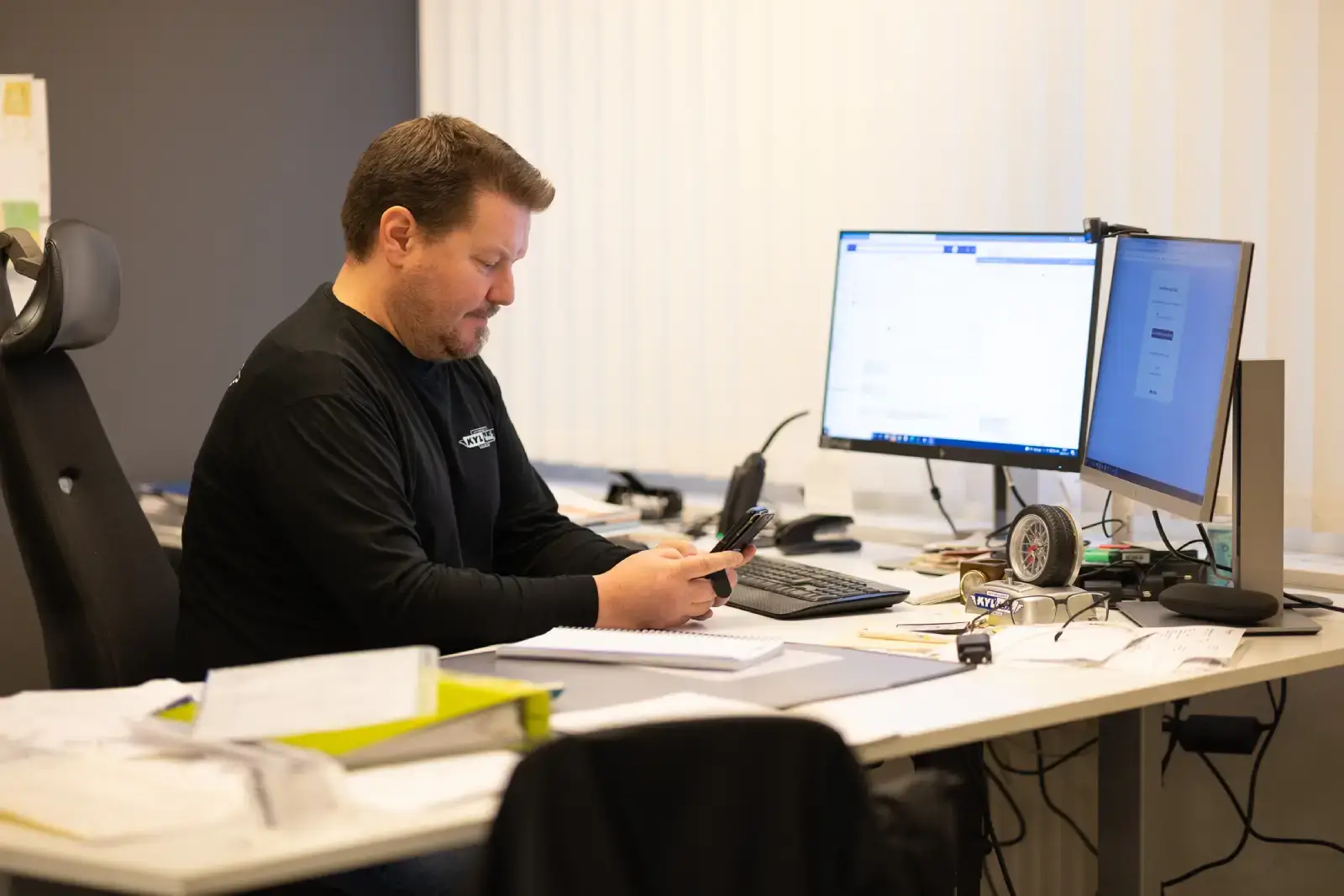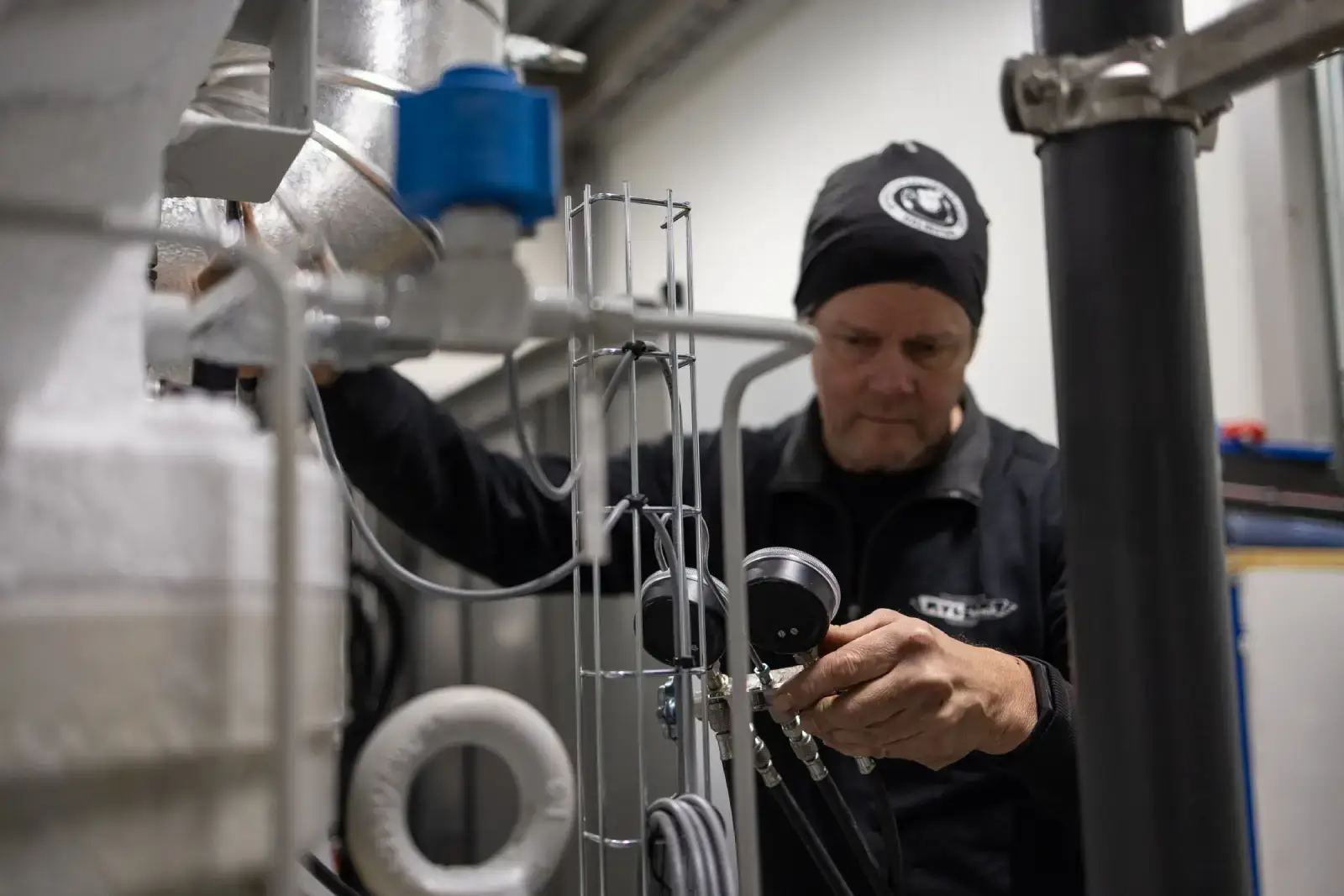Understanding the optimal timing for chilling support visits may considerably influence both program efficiency and your wallet. Recent business data shows intriguing designs in company need and success that each cooling service Halmstad (kylservice halmstad) home operator must look into when preparing their cooling preservation strategy.
Peak Time vs. Off-Season Company Styles

Support need follows expected periodic habits, with 65% of annual service calls targeted between July and August. Of these top weeks, reaction times extend by 30-40%, and crisis repair prices may raise by 15-25% because of high demand.
However, spring planning services have surged 45% as property homeowners discover the advantages of pre-season maintenance. These early sessions ensure techniques perform efficiently when conditions rise, while technicians have more accessibility for complete inspections and preventive care.
Cold temperatures preservation needs have doubled around recent years, however they stay less popular overall. Off-season arrangement offers significant benefits: better appointment availability, more thorough service attention, and an average of decrease prices due to paid down need pressures.
The Shift Toward Preventive Treatment
An extraordinary tendency has emerged in company contact patterns. Preventive maintenance demands have improved 42% in comparison to disaster fixes, showing rising attention of proactive program attention benefits. This change reflects both cost consciousness and improved comprehension of cooling process longevity factors.
Crisis support calls normal 4.2-hour response situations, while schedule maintenance visits an average of routine within 48-72 hours. During maximum season, these timeframes can increase significantly, creating improve preparing essential for maintaining relaxed indoor environments.
Skilled cooling companies have extended 28% in the last 2 yrs, driven by climbing summertime conditions and improved demand for year-round weather control. This development has improved support supply but in addition highlighted the significance of strategic moment for company appointments.
Technology's Impact on Service Moment
Digital diagnostic methods today function in 78% of support calls, permitting faster problem recognition and more accurate moment predictions for repairs. Smart process tracking has reduced unwanted service visits by 31% through rural troubleshooting capabilities.
Predictive preservation technologies are revolutionizing service time by alerting consumers and services about potential problems before failures occur. That hands-on method has lowered emergency fixes by 26% among participating consumers, allowing for better-timed interventions all through convenient periods.
Portable support items have improved effectiveness rates by 23%, allowing specialists to deal with more appointments each day while carrying detailed diagnostic equipment. This development has improved appointment availability across all seasons.
Industrial vs. Residential Time Criteria
Industrial properties involve service interventions 2.3 occasions more often than residential items, largely because of lengthy functioning hours and larger usage demands. Company houses and retail areas signify the largest commercial company segments, requiring more proper time to minimize business disruption.
Weekend and evening support accessibility has become significantly important, with 38% of citizens seeking after-hours appointments. This shift shows adjusting perform designs and the critical nature of cooling systems throughout extreme climate events.

Price Optimization Through Strategic Timing
Service costs have kept relatively secure despite inflationary difficulties, with schedule maintenance prices raising only 8% around three years. Nevertheless, disaster fixes all through top periods show higher charge volatility.
Comprehensive company agreements offer 12-18% savings compared to personal support calls, encouraging clients to adopt annual maintenance contracts with variable time options. These agreements on average include concern scheduling and discounted fix rates.
Areas accessibility has improved significantly, with popular parts now stacked domestically, reducing service completion instances by on average 1.5 days. This development makes time less important for routine maintenance but remains important for emergency situations.
Making Clever Timing Choices
The data clearly shows that proper timing can considerably impact both service quality and costs. Spring preparation services, off-season maintenance, and predictive attention strategies all present benefits around reactive crisis repairs during top need periods.
